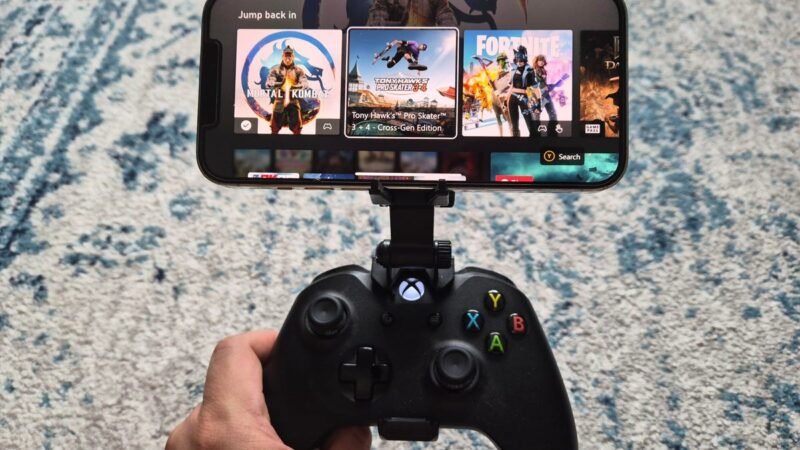Quick Takeaways
-
Gaming Roadblocks: Despite a wealth of content and improvements in iOS 26, the iPhone still struggles as a gaming handheld compared to Android, particularly due to its restrictive app installation and controller compatibility.
-
Controller Issues: The lack of an ideal gaming controller for the iPhone hampers the experience; current options are either cumbersome or expensive, emphasizing a need for an Apple-endorsed controller that ensures comfort and accessibility.
-
Apple Arcade Limitations: The subscription model of Apple Arcade restricts access to games, as titles can only be played while subscribed and aren’t available for individual purchase, reducing flexibility for casual gamers.
- Cloud Gaming Constraints: Apple’s stringent regulations on cloud gaming services force them into awkward web app solutions, hindering performance and usability, suggesting a need for more native app support to enhance the iPhone’s gaming capabilities.
Challenges in iPhone Gaming
Many gamers struggle with using the iPhone as a handheld gaming device. For years, users have observed repeated obstacles that hinder the experience. While Apple and other companies offer a variety of gaming content, the complexity of iPhone gaming is frustrating. In contrast, Android devices provide an easier setup for gaming. The open operating system allows players to install alternate app stores, such as the Epic Games Store. Additionally, some Android phones come with features designed specifically for gamers, like high refresh rates and responsive touchscreens.
Apple seems to be improving its gaming ecosystem with iOS 26. The introduction of a new Games app functions similarly to dedicated gaming phone hubs. However, merely adding a menu won’t transform the iPhone into a gaming powerhouse like the Nintendo Switch or Steam Deck. Several pressing issues remain.
For example, while various controllers connect to the iPhone, none offer the optimal experience. Some users prefer controllers like the Backbone One, but at $100, it is an expensive accessory. Although the iPhone supports a range of controllers, Apple could collaborate with a manufacturer to create an ideal controller for gamers. Such a partnership could elevate the gaming experience significantly.
Streaming Services and Subscription Models
Apple Arcade, launched in 2019, presents another hurdle for gamers. Although it offers a library of exclusive games, it restricts users to a subscription model. For instance, some titles may not be available for individual purchase, potentially trapping users in a cycle of ongoing payments. Players prefer to access games freely without recurring costs.
Furthermore, Apple’s relationship with game streaming services complicates things. Streaming apps like Xbox Game Pass run through a web app, which leads to extra latency issues. While this workaround functions, players often encounter glitches and logging issues. Apple could improve user experiences by allowing streaming services to operate as native apps on the iPhone. By removing barriers, gamers could access a broader range of titles more easily.
Overall, the upcoming iPhone 17 could be a turning point for Apple in the gaming market. By addressing current challenges and enhancing the gaming infrastructure, Apple might position the iPhone as a worthy competitor to traditional gaming devices.
Expand Your Tech Knowledge
Explore the future of technology with our detailed insights on Artificial Intelligence.
Explore groundbreaking research and scientific advancements at the National Science Foundation (NSF).
IoTV1

